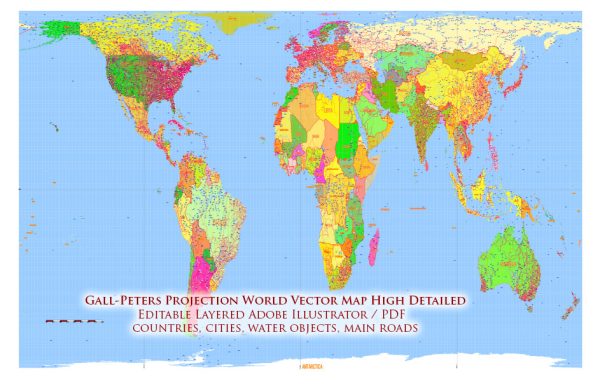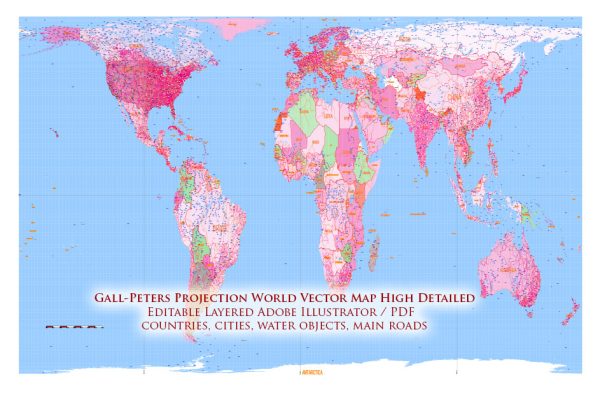Monsoons and trade winds are important components of the Earth’s atmospheric circulation, playing a significant role in shaping regional climates and weather patterns. Here’s a brief description of each:
- Monsoons:
- Definition: Monsoons are large-scale seasonal wind patterns that reverse direction over the course of the year.
- Cause: The primary cause of monsoons is the differential heating between land and sea. During the summer, land areas heat up faster than oceans, creating a low-pressure system over the land. Meanwhile, a high-pressure system forms over the cooler ocean. In the winter, the situation is reversed.
- Seasonal Shifts: In the Northern Hemisphere, the summer monsoon brings moist air from the Indian Ocean to the Indian subcontinent, resulting in heavy rainfall. In the winter, the dry northeast monsoon flows in the opposite direction. In the Southern Hemisphere, the pattern is similar, with the wet southwest monsoon in summer and the dry southeast monsoon in winter.
- Impacts: Monsoons are crucial for agriculture in many regions, as they bring much-needed rain. However, excessive rainfall during the monsoon season can also lead to flooding.
- Trade Winds:
- Definition: Trade winds are consistent easterly winds that blow towards the equator from about 30 degrees latitude in both hemispheres.
- Cause: The trade winds are caused by the rotation of the Earth and the movement of air from high-pressure areas (subtropical highs) to the low-pressure region near the equator (Intertropical Convergence Zone or ITCZ). The Coriolis effect, resulting from the Earth’s rotation, causes the winds to deflect to the west.
- Global Distribution: Trade winds are found between 30 degrees latitude and the equator. They are part of the three-cell model of atmospheric circulation, where warm air rises at the equator, moves toward the poles at high altitudes, descends at around 30 degrees latitude, and then flows back towards the equator at the surface as trade winds.
- Historical Significance: Historically, these winds were crucial for sailing ships engaged in trade between Europe, Africa, and the Americas. They facilitated efficient travel across the oceans.
Both monsoons and trade winds are vital components of the Earth’s climate system, influencing weather patterns, precipitation, and temperature distribution in different parts of the world.



 Author: Kirill Shrayber, Ph.D.
Author: Kirill Shrayber, Ph.D.